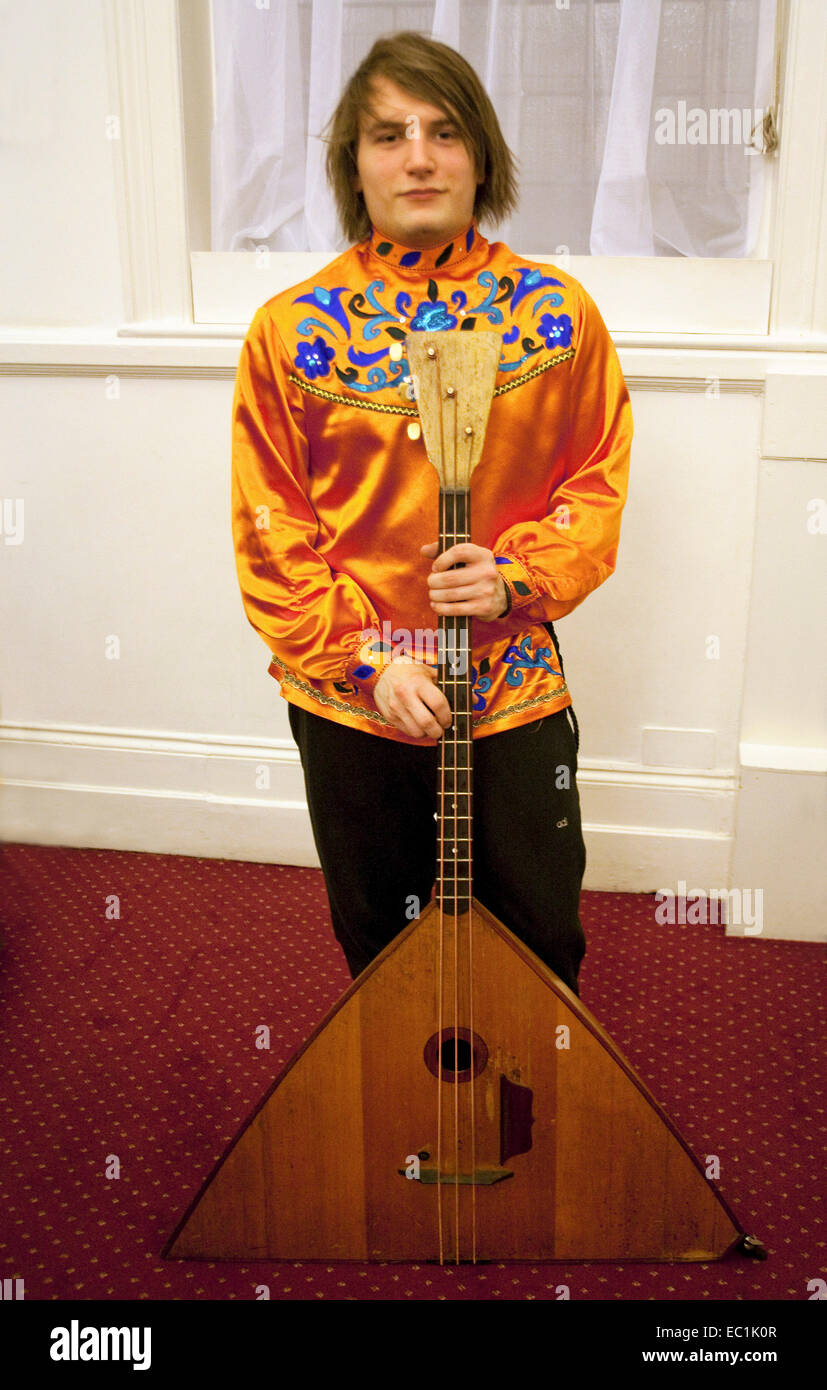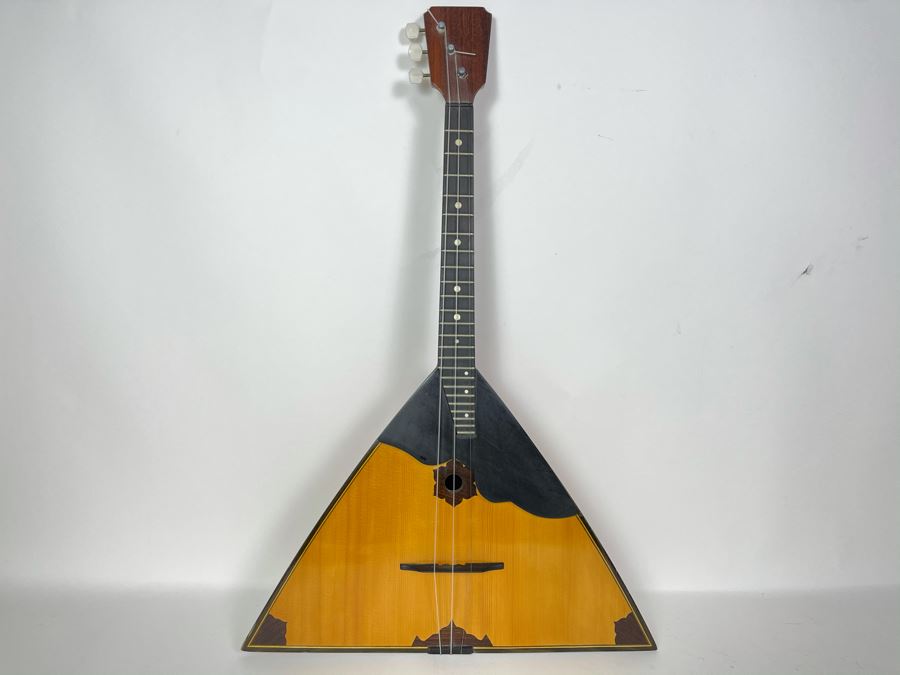

But this plausible story has several serious drawbacks. So the balalaika could get to the Russians. The Arab showed them his favorite stringed instrument, and then even gave it to them. According to legend, the eastern guest explored the Volga region and met Russian merchants. Another hypothesis is connected with the medieval Arab scientist and cartographer Ahmad ibn Fadnal. It is known for sure that this tool is alien and the Russians have several versions about its appearance.Ī significant part of experts tend to believe that balalaika came to us together with the Mongol-Tatar invasion from the East.

It was too long ago and information about the inventors and the first models could not be found. To trace the history of the balalaika from its appearance, alas, will not work. The manufacture of balalaika has its own subtleties and secrets, so at all times there were famous masters who knew the price for themselves and their products. Not all balalaika are triangular - there are also round models. The length usually does not exceed 60-70 cm, although there are also large tools. Pine wood is used as the main material for balalaika. The classic version consists of 70 parts! From the outside it seems that the balalaika is a very simple tool. But the upper string is tuned a quart higher and gives out the note "la". The note "mi" of the first octave is extracted from the two lower strings. The balalaika is set up in a special way. By pinching the strings on the frets with his fingers, the performer extracts the sound by both blows and pinching. Despite the fact that the instrument has only three strings, a skilled musician can play quite complex compositions on the balalaika. It is not loud, sonorous, but at the same time very melodious. The uniqueness of the balalaika lies not in its shape or history, but in its sound.

But was it invented by our ancestors? Or was it borrowed from somewhere? Indeed, this three-stringed plucked instrument is inseparable from Russia. Abroad, the stereotypical image of a Russian stands, in an earflap and with a balalaika. The Japanese have shamisen, the Americans have banjo, the Scots have bagpipes, the Ukrainians have bandura, and the Russians, of course, have balalaika. Every nation has its own musical instruments.


 0 kommentar(er)
0 kommentar(er)
